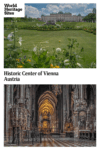Historic Center of Vienna
By Cindy Carlsson
What is the Historic Center of Vienna UNESCO World Heritage site?
The Historic Center of Vienna World Heritage site includes the historic city center within and along the Ringstrasse, as well as the Schwarzenberg and Belvedere palaces and gardens. (Schönbrunn Palace is not included, as it is a separate World Heritage site.) The site covers almost 4 sq km (1.4 sq mi) in the heart of the city.
Part of this site retains a medieval street layout that goes back to Vienna’s days as a Roman camp. Historically significant architecture and gardens within the site generally date from the late 12th century through the early 20th century, although some are older. In addition, many medieval buildings were remodeled in the Baroque style after Vienna became the capital of the Habsburg empire in 1683.
Disclosure: This article contains affiliate links. Making a purchase through an affiliate link will mean a small commission for this website. This will not affect your price. Privacy policy.
The World Heritage designation includes monumental buildings like the Hofburg Palace complex and Saint Stephen’s Cathedral (Stephansdom). However, it also includes a wide range of other public and private buildings, including residences associated with Mozart, Beethoven, and other musicians.
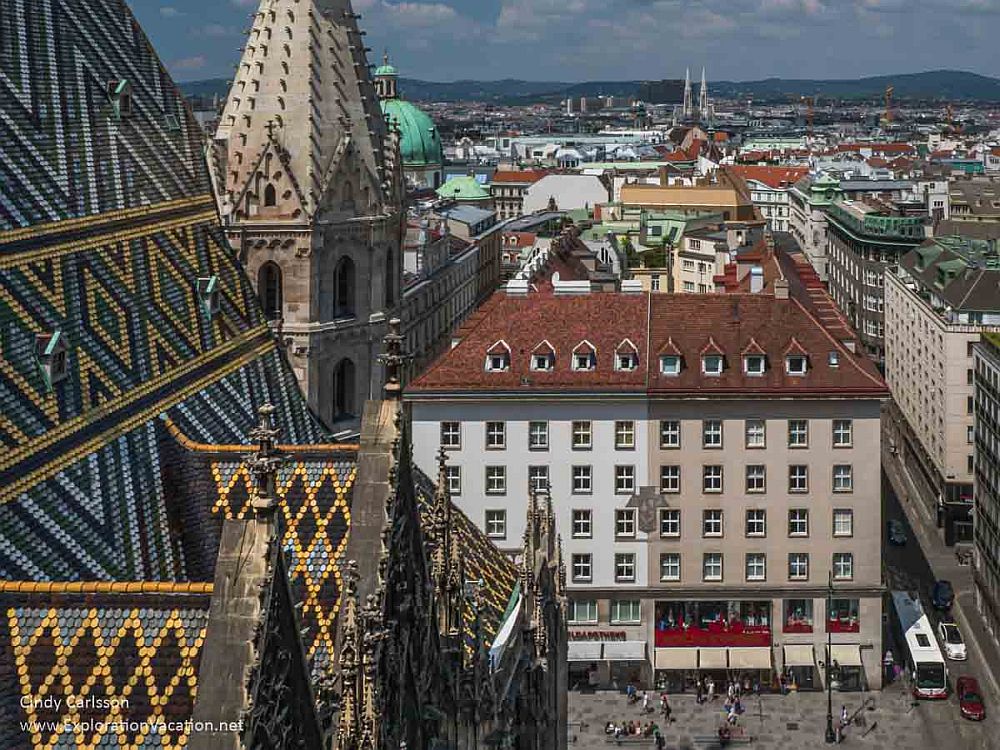
Why is the Historic Center of Vienna a UNESCO World Heritage site?
The Historic Center of Vienna is a UNESCO World Heritage site for both its historic architecture and urban layout and its role as the musical capital of Europe since the 16th century. Vienna’s Historic Center represents three key periods of European cultural and political development – the Middle Ages, the Baroque period, and the 19th to early 20th-century Gründerzeit, Art Nouveau (Jugendstil), Secession, and early Modernist periods.
UNESCO recognizes that the Historic Center of Vienna has “to a remarkable degree retained the architectural elements that demonstrate its continuous interchange of values through authentic examples from the above-mentioned three key periods of European cultural and political development. In addition to the architectural elements, the Historic Center of Vienna has retained its role as the music capital of Europe.”
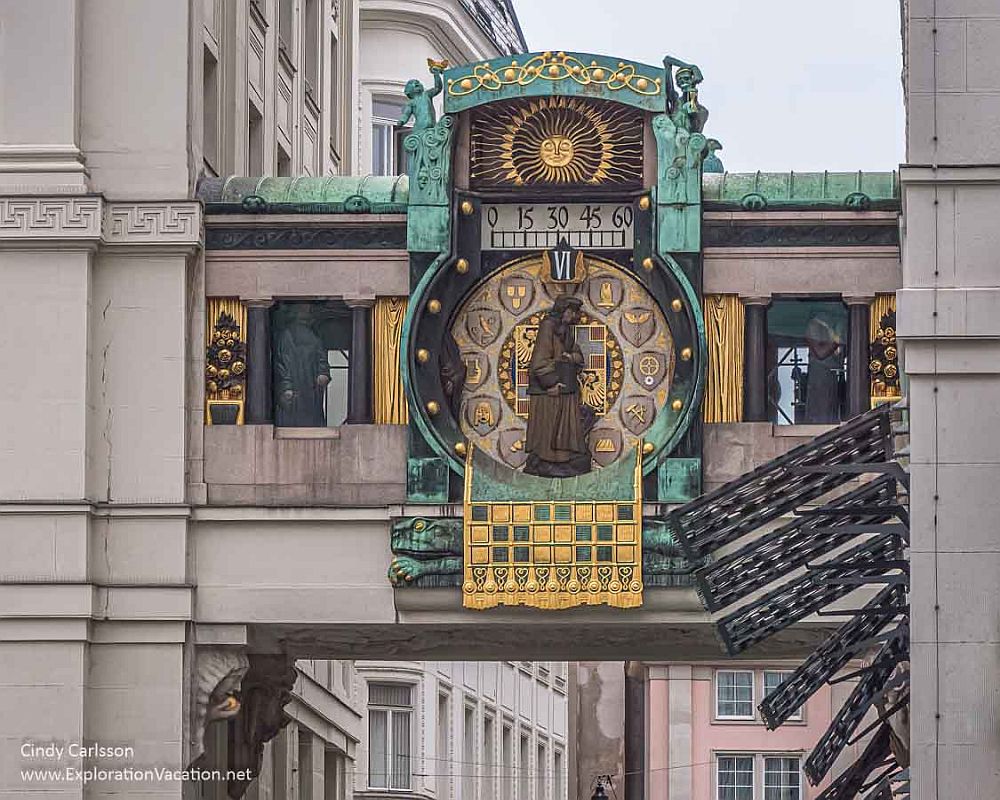
The Historic Center of Vienna was added to UNESCO’s List of World Heritage in Danger in 2017 because “the Vienna Ice-Skating Club – Intercontinental Hotel project fails to comply fully with previous Committee decisions, notably concerning the height of new constructions, which will impact adversely the outstanding universal value of the site.”
What can you expect on a visit to the Historic Center of Vienna?
The Historic Center of Vienna is at once intimate and grand. The oldest parts of the World Heritage site are a jumble of architecture in styles that reflect many hundreds of years of history. But this rather dense streetscape can unexpectedly become a large plaza with monumental buildings.
Much of the leafy 19th-century Ringstrasse is the opposite. With fewer architectural styles represented and monumental complexes often separated by large parks and gardens, this area can feel almost endlessly vast and open to the sky.
The Hofburg complex is the largest palace in the Historic Center of Vienna. As the seat of the Habsburg empire, the imperial palace reflects the wealth and power the family had accumulated by the beginning of the 20th century. The site includes
- The palace itself, where visitors can tour the royal apartments and silver collection
- The imperial treasury and crown jewels
- The Spanish Riding School, where visitors can see the stables and watch the Lipizzaner stallions perform
- The museums of the Neue Burg wing, including the Welt ethnographic museum, the National library, and more
- Two gardens: the Burggarten and the rose-filled Volksgarten.
But there are other palaces and gardens, many more museums, and historic churches galore – along with a variety of other historic buildings.
For example, Belvedere Palace and the Albertina are former palaces that house excellent fine art museums. The Kunsthistorisches Museum is the city’s major art museum, with both fine art and artifacts from around the world. The MAK is a museum of design and applied art (furniture, tile, art glass, tableware, etc.) that focuses on Austrian design. These are just a few of the city’s many art museums, music museums, history museums, natural history museums, and more.
Then there are Vienna’s churches. Saint Stephen’s Cathedral is the most famous. It’s also one of the city’s few remaining Gothic churches. The oldest church is Saint Rupert’s (Ruprechtskirche), which may date all the way back to the 8th century. Of course, there are many elaborate Baroque churches, including Saint Peter’s (Peterskirche) and the Emperor Charles VI’s Karlskirche.
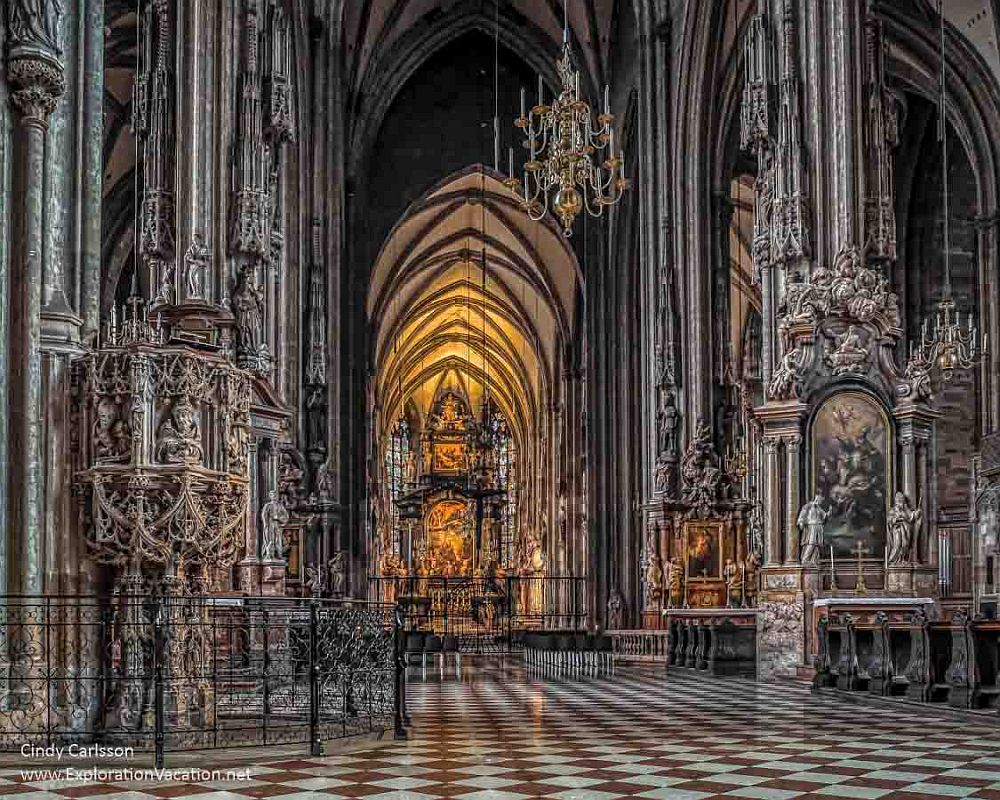
And, when you need a break from sightseeing, discover why Vienna has long been Europe’s music capital with a concert in a concert hall or church.
Is the Historic Center of Vienna World Heritage site worth visiting?
Vienna is one of Europe’s great cities, and anyone who loves Paris, London, or Prague should have Vienna on their travel list. And there’s plenty here for everyone. Besides museums and palaces, historic Vienna is a pleasant place to walk, enjoy a park or garden, or bike along the Ringstrasse.
You can get a feel for the city and its history in a couple of days by visiting the Hofburg palace, St. Stephen’s Cathedral, a museum or two, and wandering the streets in the central city and along the Ringstrasse. But allow more time if you are very interested in palaces, architecture in general, the Habsburgs and their empire, museums, and/or classical music. (You can easily spend a full day just in the Hofburg complex.) There’s much to see and Vienna is a pleasant place to explore, so you’re sure to find plenty to keep you occupied no matter how long you linger.
Use this link to book your hotel.
Vienna also makes a good base for exploring other nearby UNESCO World Heritage sites.
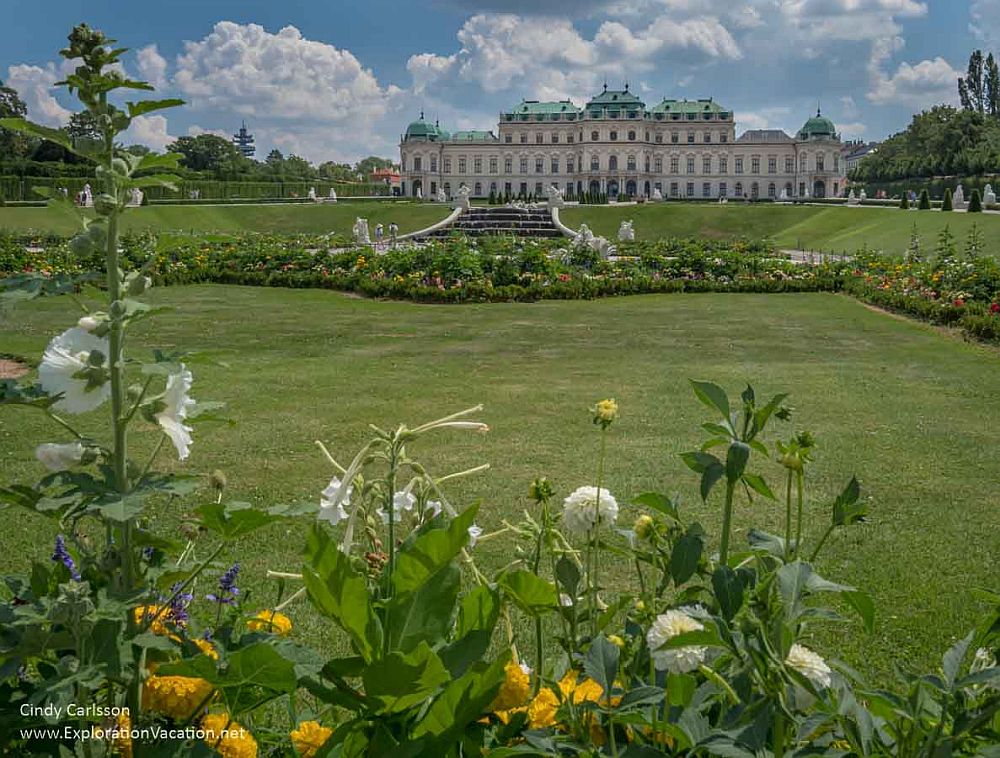
Tips for visiting the Historic Center of Vienna
Because much of Vienna’s historic architecture is both monumental and surrounded by gardens, be prepared for a lot of walking. And consider the weather, as both the wind and sun can be surprisingly strong in more open areas.
If you get tired of walking, rent a bike. Bikes are a particularly good way to tour the Ringstrasse. Bike routes also wind through most, but not all, of the World Heritage area. And the city website has an interactive map you can use to plan your route.
Take a break at an outdoor café anywhere in the historic city to relax amid Vienna’s architectural splendor. However, for what may be the best view in Vienna, head over to the very modern DO&CO Hotel for lunch or drinks. It won’t be cheap, but the food is good and the view across Stephansplatz to Saint Stephen’s Cathedral is fabulous.
For a more traditional break, step inside one of the city’s many traditional cafés and coffee houses. Look for one in a historic building for a side of architectural splendor with your coffee and cake.
While museums and most other tourist sites require an admission ticket, gardens and parks are generally open to the public during the day at no cost. (Many are closed and locked before sunset.)
Plan ahead if you hope to see a concert, theater production, or the Lipizzaner horse show. Shows by well-known performers and/or in notable venues often sell out well in advance.
The Palace and Gardens of Schönbrunn are a separate UNESCO World Heritage site. They are some distance from the city center, but very easy to reach via transit. Plan to spend at least a half-day even on a quick visit.
Other World Heritage Sites within an hour or two of Vienna include: The Wachau Cultural Landscape, the Fertö/Neusiedlersee Cultural Landscape, the Semmering Railway, and the Frontiers of the Roman Empire (Western Segment of the Danube Limes) in Austria, as well as the Lednice-Valtice Cultural Landscape in Czechia.
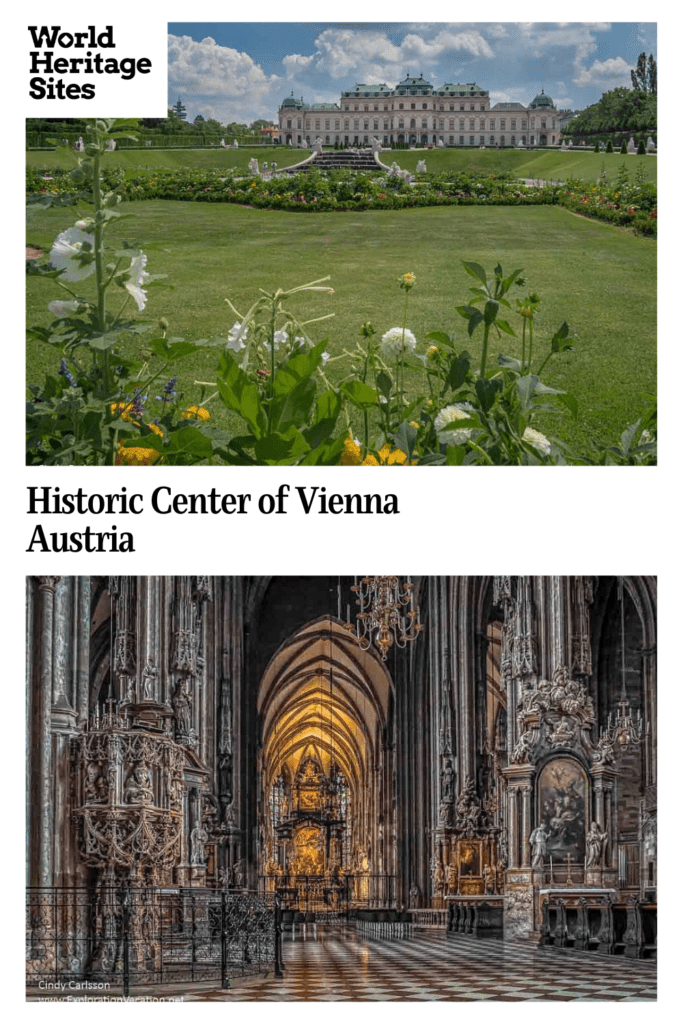
Where is the Historic Center of Vienna?
Vienna is a major international city near Austria’s borders with Czechia, Slovakia, and Hungary. As such, it has many highway and rail connections to the rest of Europe. The city’s international airport also offers connections to the rest of the world.
The Historic Center of Vienna World Heritage site includes the area within and along the Ringstrasse, as well as the Schwarzenberg and Belvedere palaces and gardens. From Vienna’s main train station, it takes less than 10 minutes via subway (U-Bahn) to get to the Stephansplatz station at the center of this area.
Most people don’t need (and won’t want) a car in this part of Vienna. The area is reasonably walkable, public transit is cheap and readily available, Vienna’s motorways require purchasing a vignette (a toll pass), and parking is limited and usually requires a prepaid voucher. If you do have a car, expect to pay for parking both at your lodging and when visiting sites within the historic center.
For more information about the Historic Center of Vienna, see the city’s official website, where you will find links to opening hours and admission fees for sites within the World Heritage area.
Have you been to the Historic Center of Vienna? If so, do you have any additional information or advice about this UNESCO World Heritage site? Please add your comments below!

